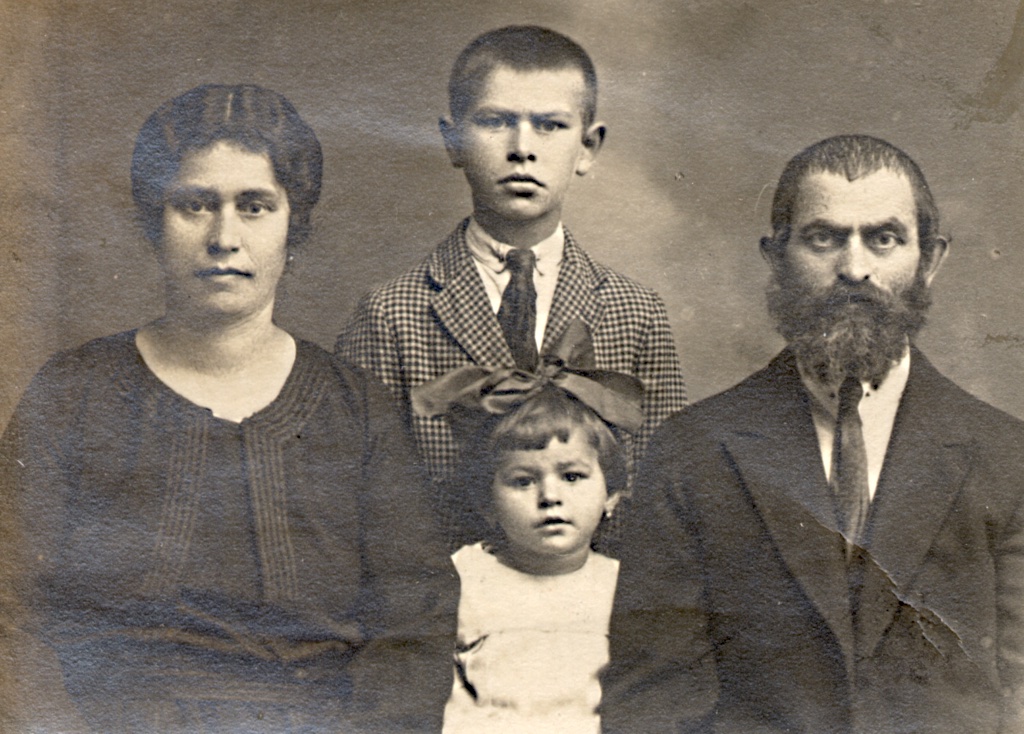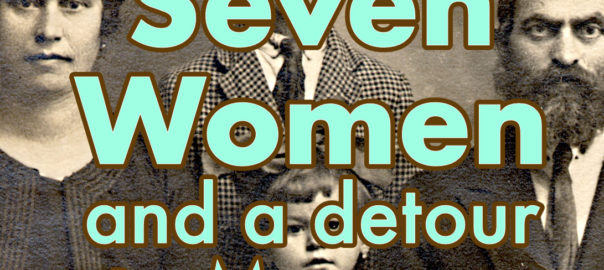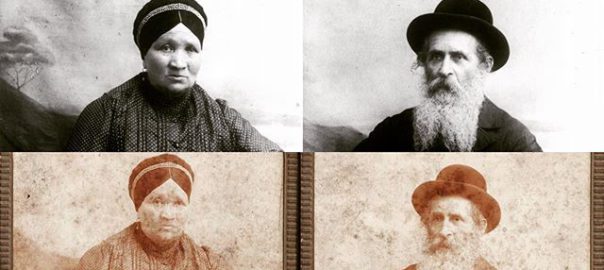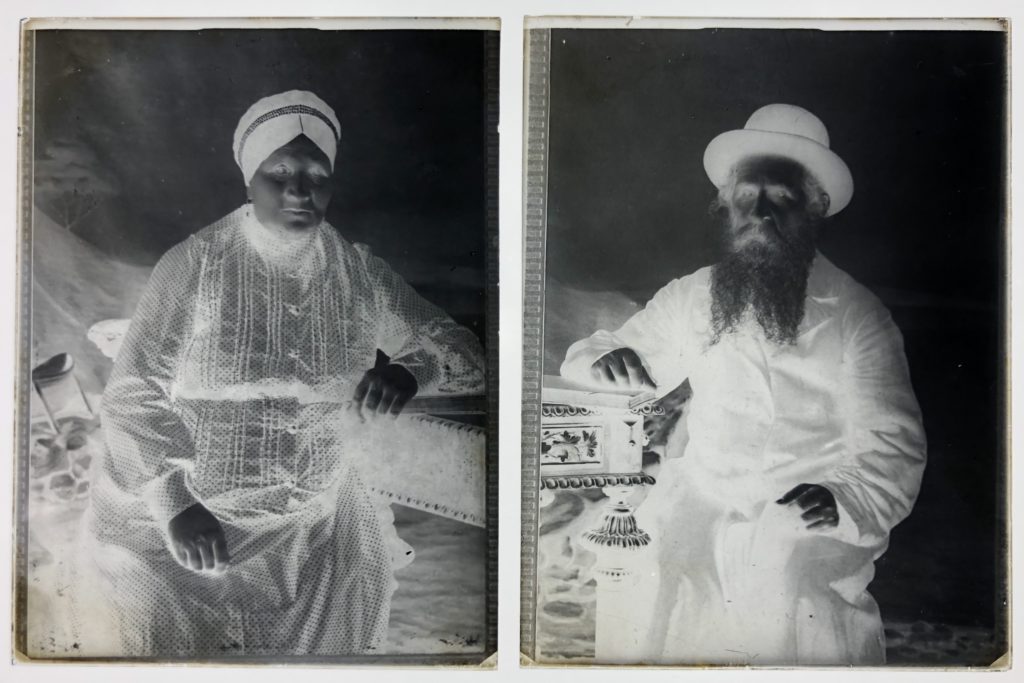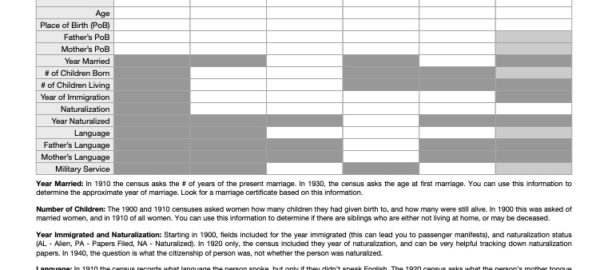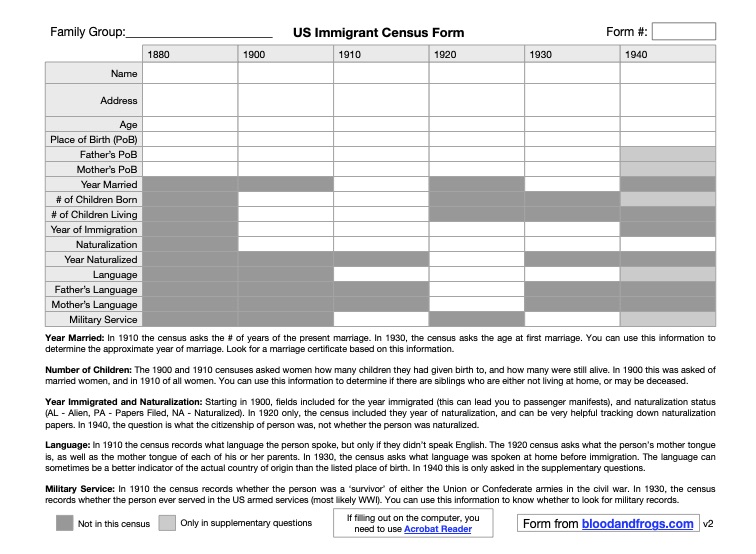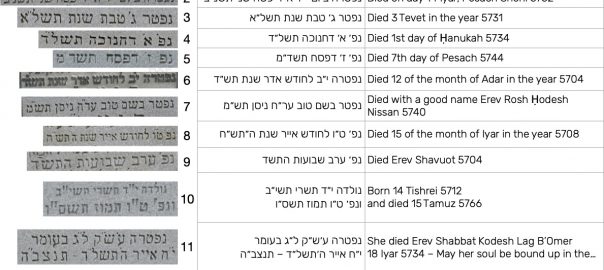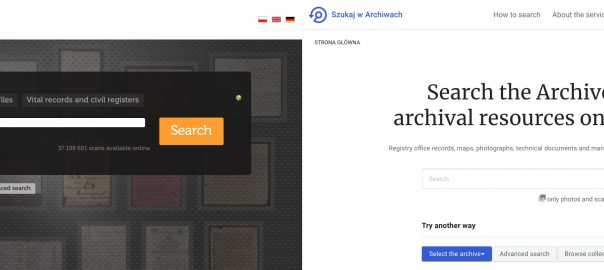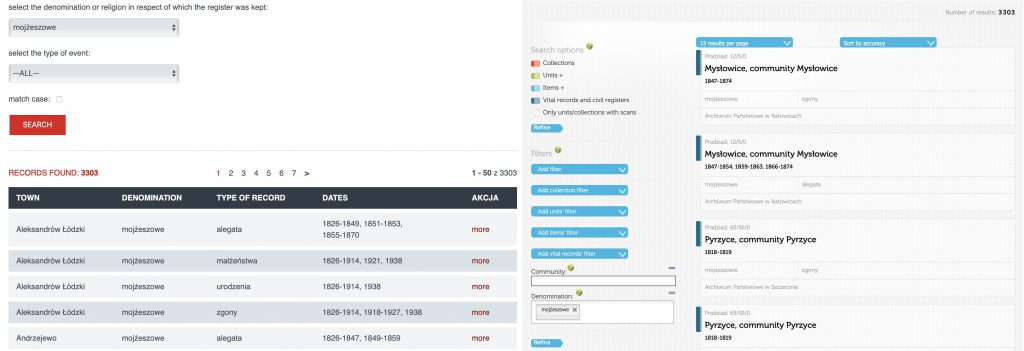This is the story of seven women, all relatives of mine, who survived the German invasion of Belgium together through a crazy trip starting in Antwerp, passing through France, Morocco, Portugal, and ending in New York. I’ve written in the past about my grandfather (When my grandfather traveled to Nazi Germany to save his family) and his time before making it the US during WWII. I’ve always wanted to write about my grandmother’s journey, but lacked the documentation to visually tell the story. I now think I have enough to tell the story properly (if not completely).
My grandparents and their families knew each other in Poland, and then in Belgium, but my grandparents didn’t marry until 1943, when both had made it to New York. While their families followed similar paths for many years, at least one portion of their stories took a very different turn.
My grandmother was born Lipka Kleinhaus in 1922 in Rzeszów, Poland. She was the youngest of six children, her oldest sister nineteen years her senior. Her closest sibling in age, her brother Nusen, was ten years older than her. Like my grandfather’s family, her family found their way to Antwerp, Belgium in the 1920s. Once there, they entered the diamond business following a relative who had arrived earlier.
Some documentation of the family’s stay in Belgium can be found in the files of the Belgian Police des Étrangers which I’ve lectured on in the past. If you had family that lived in Belgium, see my Belgium page on where records can be found. The photo below, for example, came from one of the Police des Étrangers files.
